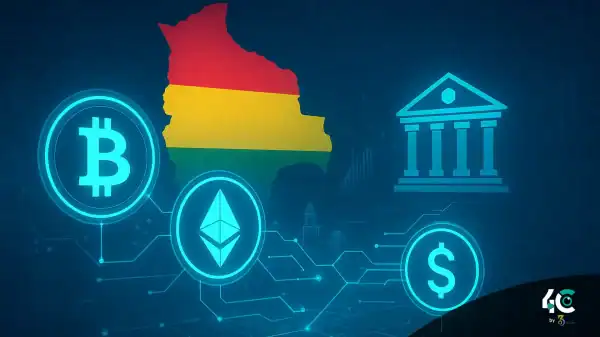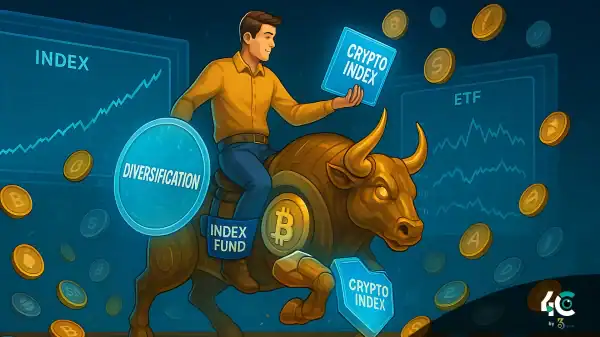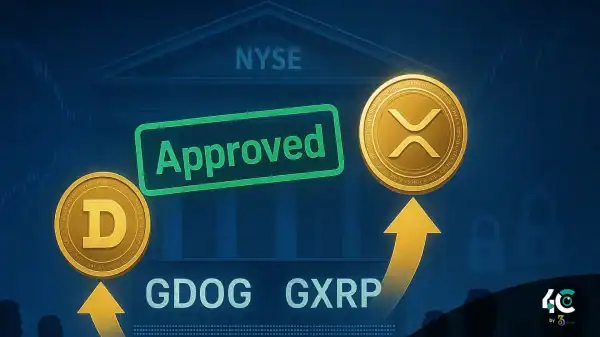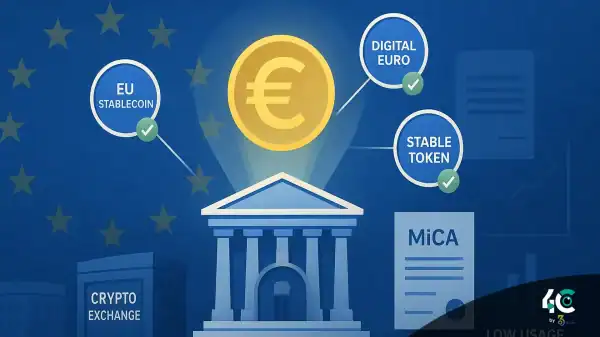The Dual Role of Stablecoins in Crypto Markets
The market relies on stablecoins to maintain two crucial functions:
- Liquidity providers allow for the trading of very volatile cryptocurrencies and fiat-like assets.
- During a downturn, many traders switch to stablecoins so they are not affected by the price swings of Bitcoin or other cryptos.
The way a stablecoin is created and destroyed can either help in times of market stress or make it worse. Lucid is updating its MVRV ratio by requiring the user to track the minting and burning activity of their assets during the volatility event.
Tracking Stablecoin Activity Around Volatility Events
To study how stablecoins behave, we will look at the price history of:
Key metrics include:
- Minting events refer to the issue of new stablecoins that shows the inflow of capital in the ecosystem.
- When stablecoins are redeemed or removed, this signals outflows and less demand.
Discussion Case: May 2021 Crash
Event: Bitcoin dropped from $64,000 to below $30,000 due to fears of regulatory crackdowns and criticism by Elon Musk over the cryptocurrency’s energy usage.
Stablecoin Behavior
- Monitor reports that USDT and USDC worth over $10 billion minted in the weeks prior to the crash suggest an anticipation of increased trading activity.
- Post-Crash Redemption: After the crash, traders closed out or moved money off exchanges, resulting in around $5 billion worth of stablecoins being burned.
- Stablecoins were both shock absorbers (providing liquidity during the sell-off) and stress amplifiers (offering rapid exits).
Case Study 2: Collapse of TerraUSD (May 2022)
Event: The algorithmic stablecoin TerraUSD (UST) lost its peg, triggering a cascading collapse of the Terra ecosystem and broader market panic.
Stablecoin Behavior
- Investors shifted to centralized stablecoins like USDT and USDC as over $15 billion were minted on various platforms.
- Redemption pressure saw Tether dip slightly below $1 owing to redemption requests.
- While centralized stablecoins took in capital fleeing from UST, the event exposed vulnerabilities in reserve-backed models, causing systemic concerns.
The FTX Crash of November 2022
The implosion of FTX raised contagion fears, which led to a steep decline in the prices of BTC and ETH.
Stablecoin Behavior
- Over the past week, more than $8 billion in USDC was minted as users fled collapsing altcoins and exchange tokens.
- Tens of billions in stablecoins exited exchanges, reflecting doubts in centralized entities and a preference for self-custody.
- During the crisis, stablecoins acted as lifelines, though skepticism about intermediaries grew.
Are Shock Absorbers Problems or Stress Amplifiers?
1. Shock Absorbers During Crises
- Creating new coins on a large scale ensures adequate supply during selling.
- Traders escape from volatile positions with stablecoins instead of converting to fiat, keeping themselves within the crypto ecosystem.
2. Stress Amplifiers in Extreme Scenarios
- Abrupt surges in redemptions can test reserves: collateralized stablecoins like USDT are key examples.
- Systemic spillover risk: When one stablecoin like UST fails, it impacts others and erodes market confidence.
Key Drivers of Stablecoin Flux
There are multiple reasons why stablecoins are minted or burned:
- Market panic triggers sell-offs, while excitement leads to buying.
- News of crackdowns or approvals impacts issuance trends.
- Exchange inflows/outflows correlate with minting and burning cycles.
- DeFi activity: Protocols such as MakerDAO adjust the supply of DAI depending on collateral requirements and borrowing needs.
Implications for Crypto Markets
For Traders
- Track minting and burning to predict market sentiment.
- Strategically use stablecoins during volatility to preserve capital or re-enter.
For Regulators
- Ensure reserve transparency to avoid runs.
- Develop structures for algorithmic stablecoins to prevent future collapses like TerraUSD.
For Developers
- Design usage rules that encourage stablecoin adoption while limiting systemic risk.
- Consider decentralized alternatives to reduce reliance on centralized issuers.
Conclusion: Stability vs. Risk
Stablecoins represent a unique hybrid in crypto markets. They stabilize the trading environment but also create new risks due to their mechanisms. When we track the minting and burning patterns around volatility events, we learn how they can act as both shock absorbers and amplifiers.
As the crypto ecosystem evolves, it’s essential to address these challenges so that stablecoins remain pillars of infrastructure—not sources of instability. The future of stablecoins depends on whether they evolve into regulated, decentralized, hybrid, or new forms that balance resilience and adaptation.
Conclusion
The minting and burning of stablecoins can increase volatility in the cryptocurrency markets. They can also fuel risk when investors redeem against their pegged currencies. At the same time, they ease shocks through liquidity infusions. Large events like the 2021 crash, TerraUSD collapse, and FTX implosion show that during crises, stablecoins support capital inflows—but extreme situations test their reserves and erode trust. By tracking these dynamics, investors can anticipate sentiment shifts, and regulators can address systemic vulnerabilities.


































